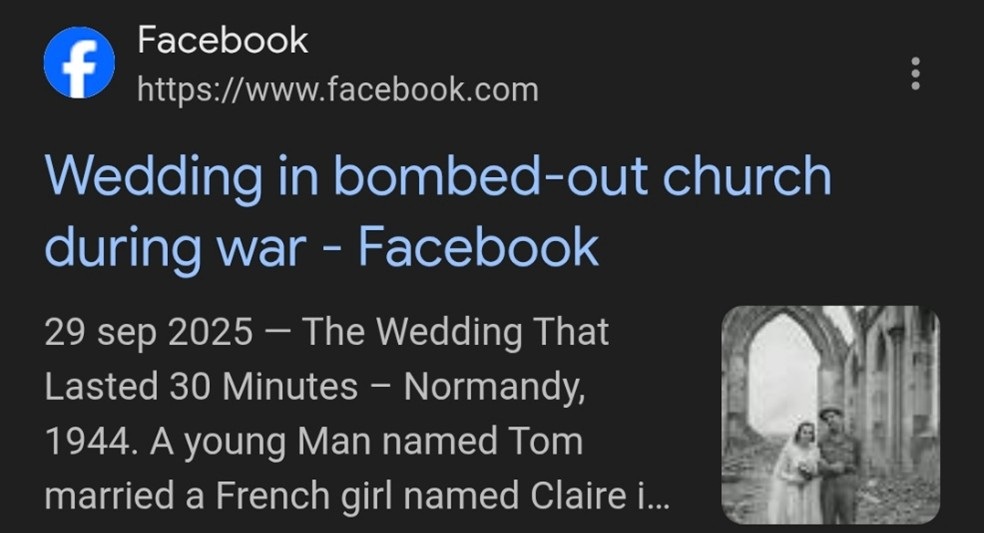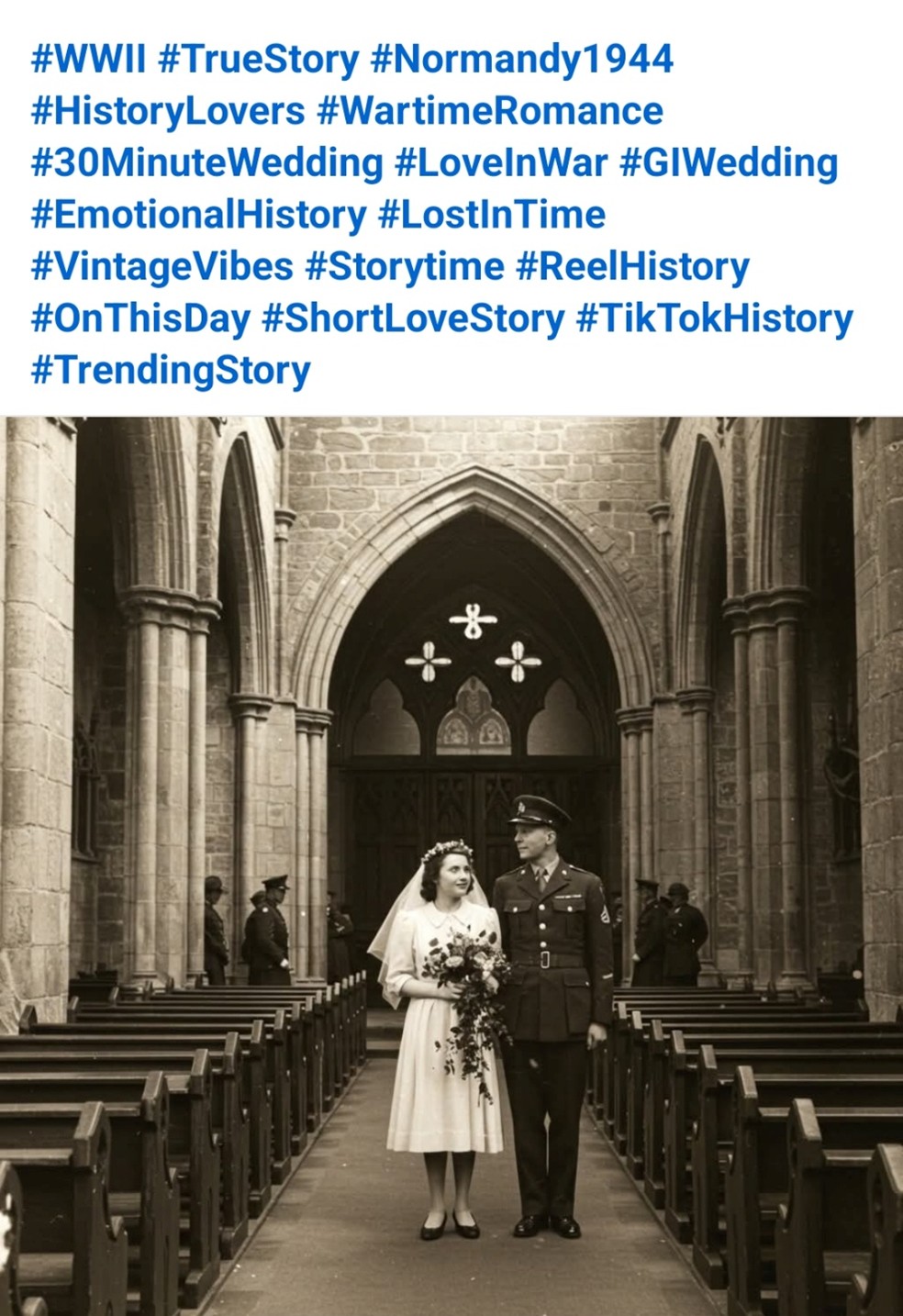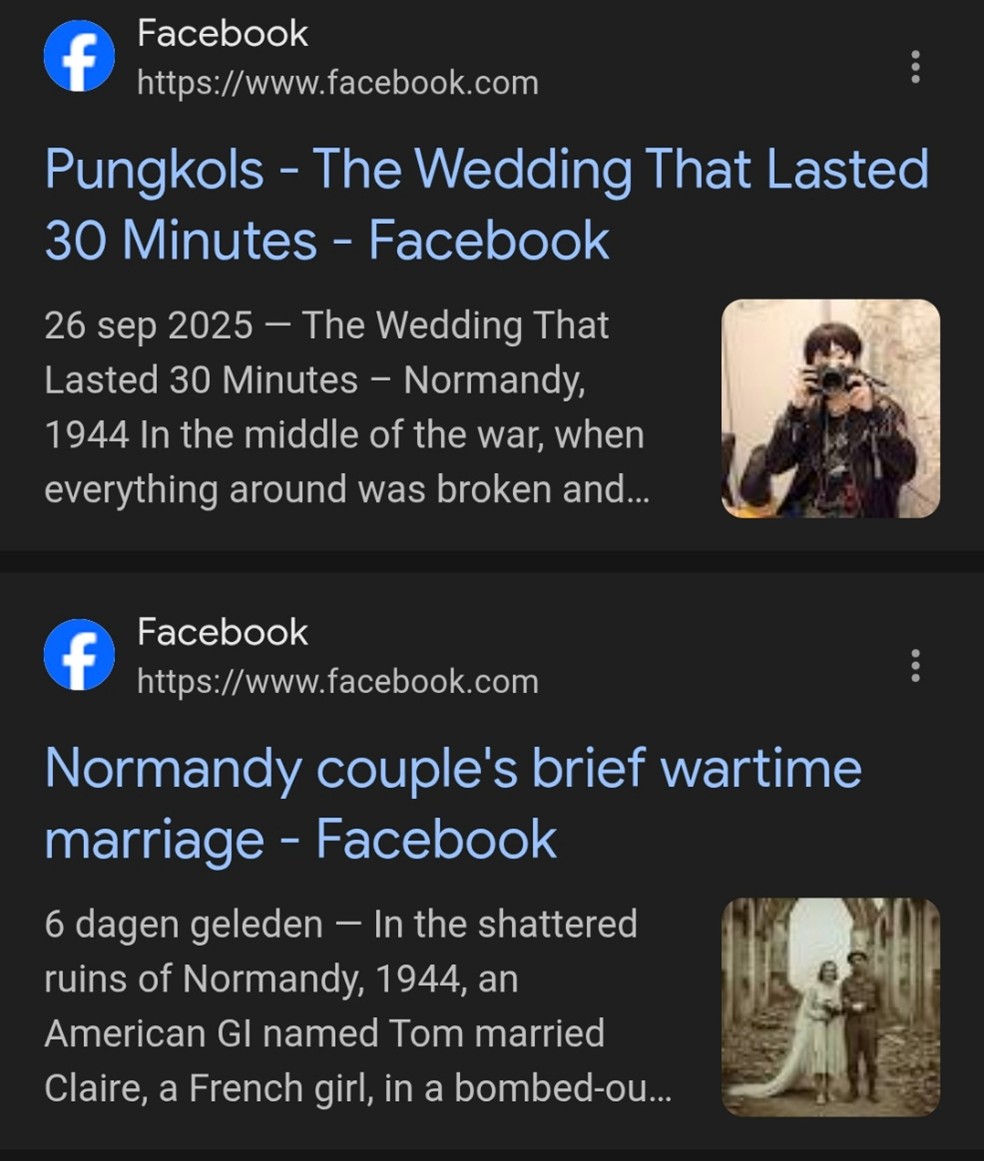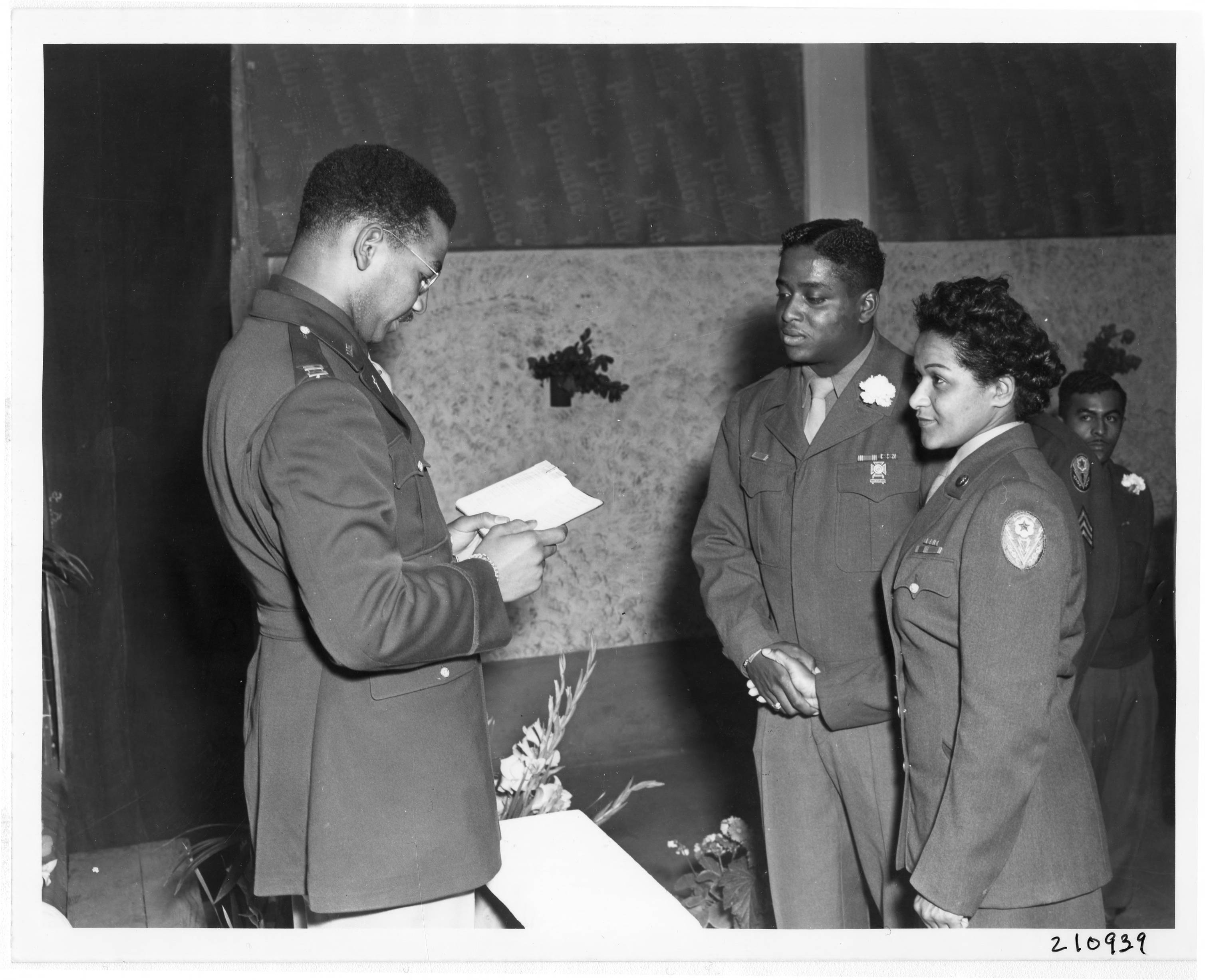AI Slop And History: My Thoughts On The Problems
Artificial Intelligence (AI) has become a part of our lives. It’s present in the news and allows people to work in different ways than before. AI can help automate processes and simplify complex work, or it can also be used to create art and text. AI can also be willingly used or abused to spread misinformation and propaganda. In this article, I wanted to delve deeper into AI and history online.
What Is History?
Before diving in, it’s important to clarify a few things. History is defined as what we think happened in the past. The historical past is what actually happened. History is thus an interpretation of the past. History uses certain techniques and methods to determine what happened in the past, as well as providing evidence for claims or statements, via experiments or via annotation.
Why Is This Relevant For AI?
AI comes in a variety of shapes. When dealing with history online, most often Large Language Models (LLMs) are used for generating texts. These texts are generated using tokens, based upon what the AI predicts is the next token, and not really factually accurate. So it is not exactly the truth, but it is giving you the answer that the AI thinks is accurate, based upon the training data and what the algorithm thinks it is the appropriate pattern. Often this is convincing, but not always. AI generated answers have even gone so far as to convince at least one person to kill himself.
AI Slop On Social Media
On social media, there has been a huge wave of AI slop, often with AI-generated images and stories about the Second World War. These stories are all fake and a simple Google search will expose this. However, the catch is, it is all fake. None of it is real. The texts produced are fiction at best and non-sensical at worst. It is an imagining of the past, little better than a work of fiction.

An image of AI slop on Facebook.
Why is this a problem?
Take Kurt Knispel as an example, which I also discussed here. Using the prompt: “I am writing a report on Kurt Knispel. What can you tell me about him?” The AI then gives forth an answer and the answer is historically incorrect. Among other things, it notes that Knispel was “the most successful tank ace” and mentions the “168 confirmed tank kills, a tally that possibly exceeded 195 if unconfirmed kills are counted.” The answer then gives more standard nazi-falsehoods as if it is the truth. Both claims have been debunked.
Yet the AI presents it as if it is factually accurate and even shared the “confirmed” aspect of the kills. However, in the article, “The War, One Great Adventure: The Writer and ‘Historian’ Franz Kurowski” (2018) by Roman Töppel, these claims have convincingly been debunked. However, the training data or the AI decided that the fake history is more important than academic article.
AI slop can be churned out within minutes. A simple prompt will create an easily shareable post. Well-researched content, takes significantly longer, if not hours to make. Let’s take a look at the example below, which at a glance might appear endearing, but is all fake and AI.
The post contains the following text:
“Jul 20
The 30-Minute Wedding - Normandy, 1944
In the middle of World War II, love found a way even if just for a moment.
Amid the rubble of a bombed-out church in Normandy, a young American Gl named Tom married Claire, a local French girl he had met only days before. With war raging around them and the clock ticking, they had just 30 minutes to say "I do." There was no music, no guests, no dress - just two hearts holding onto hope in a world falling apart. Moments later, Tom returned to the front lines, uncertain if he'd ever see Claire again. Sometimes the shortest love stories leave the longest echoes.”
And an AI generated image of a couple, resembling a French woman and a US soldier in a French church.

An image of AI slop in history. This image is fake! Note the lack of shadow under the couple.
If you’re scrolling on your phone or computer, you might assume this is a real image, but once you examine it closely, you’ll see it is fake. Note for example, the lack of a shadow under the couple or the stiff pose in which they are standing.
Once you search for the text or do a reverse image search, you’ll see it appear in the same or very similar ways online. The photo might be different, but the rest is all the same.

An image of AI slop on Facebook.
One result even shows the direct same image, but with a different filter.
The Problem Gets Even Worse
When doing the reverse image search, Google even offered an AI generated answer about the post I was searching and it again showed the exact problem with this post. It is not “an example” of the personal stories, it is a complete fabrication!

An image of ai slop is presented as if it is history by artificial intelligence. Keep in mind that all of this is fake!
The problem is then compounded when other people pick up the “story”. In this case, the AI-generate fake story translated to other languages, which complicates the problem.

An image of AI slop is translated to other languages.
Even when the original AI slop is labeled as artificially generated, it can be reshared, translated and stripped of the original context. This, as well as the other posts, create a feedback loop where AI is used to generate history-like content. This content is then spread online, which is again fed into the AI as data. It can then be presented as a source, as the AI overview in Google shows.
Why Is Fake History AI Slop A Problem For History?
AI lacks the ability to distinguish between credible sources and biased or inaccurate content. It leads to a repetition of myths and misinformation, making it even harder in a time where the truth is already being attacked, to even know what is accurate and real. The AI answers are often short summaries, which lack context or nuance. It is faster to read, but comes at the cost of accuracy and complexity.
In the long term, the problem can be an erosion of trust in scholarly expertise and integrity of the historical profession. To push this argument even further, people with bad intentions can use the AI generated fake history to push propaganda or manipulate the public’s perception of history. Propaganda has existed for centuries, but AI has made it so much more easy to spread it at scale. AI slop is already all over the internet and it will be a matter of time before it will infiltrate history books as well.
History is a continuous process where people make an interpretation of the historical past, debate, new evidence, and then a reinterpretation of the past. Our view of history now might be different twenty or a hundred years from now. Historians also make mistakes, but can at least explain how they reached an answer and are willing to reconsider it depending on the evidence. AI is more like a blackbox where an answer is produced without always knowing how that answer was reached.
AI Benefits
While I do see some benefits for history in employing AI and using AI to assist humans, with aspects of the historical research. Not all AI-generated content is used for harmful purposes and I recommend to be the “human-in-the loop” rather than just outsource everything to AI. AI-generated content can also be used to spark curiosity or engage with history. While this is true, it only works if the distinction between fiction and researched history is made explicit. Blurring the line risks confusion, distrust, and can do long-term factual harm. AI can also be used to brainstorm new project or ideas, but using AI to push fake narratives or to manipulate history simply isn’t the way forward.

An image of two Black Americans getting married during World War II. The woman is a member of the 6888th Central Postal Directory Battalion.
Whereas AI images might be of use in case there is a lack of source material, with World War II, that's simply not the case. A simple search of archival websites will have reavealed many images that can be used, such as the one included here.
The Way Forward
That leaves the current situation and how do we move forward? It would be better if the AI tech companies implemented better fact-checking, more transparency and better guardrails for AI generated content. However, considering that AI companies have been given free reign in exploring their technologies, it pushes the responsibilities for this technologies on to the users. Luckily, there are a few things that people can do against AI slop and history.
What Can You Do?
First, don’t share AI slop as if it is history. Do people need more AI slop in their lives? Isn’t real history much more interesting? The generated love story between Claire and Tom isn’t something that enriches people their understanding of history.
Second, verify! Are there sources? Is there anything that can be verified? In the story that was shared earlier, there is Claire and Tom, but there are no other things that can be verified or trusted. Also be sure to keep sharing your sources when writing or engaging with history.
Thirdly, look at the image? Is there an AI-generated image warning? Is it a historical photograph or is it an AI generated image pretending to be a photograph? If it is an AI generated image, then ask yourself, is the post fake as well.
What does the reverse image search show? Is it nowhere to be found except social media posts? Then there is a good chance it is fake. You can right-click on the image and do “Search With Google Lens” to determine the origin of an image or drag it into the Google “Search by Image” function.
Lastly, is the story or image very dramatic or emotional? In that case, it might be created to gain engagement and attention rather than inform users.
Conclusion
AI generated text is not always accurate and the problem with AI slop is probably going to get worse before it gets better. By asking yourself if something is real and several other questions, you can at least prevent yourself from unintentionally spreading fake history and the problems that come with it. Each time you pause to verify before sharing, you help stop the spread of misinformation and help protect the integrity of real history. Hopefully you found this post enjoyable and learned something new. Want to share your thoughts with me on AI and history? Please send me an email or reach out on social media!
Want to start reading unit histories and get involved in the research? Click here to check out the sources.
Want to help my research? Check out my Patreon here. As a thank you, you'll receive a monthly postcard featuring Black American soldiers.
